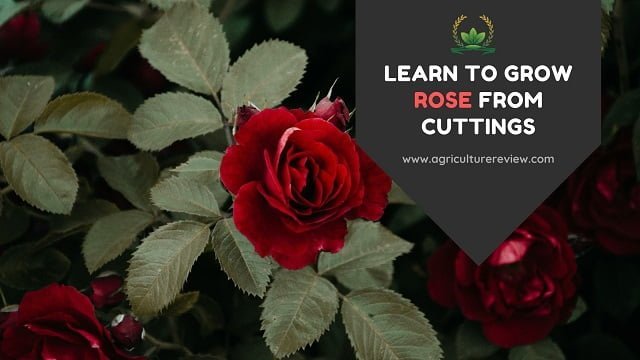This ultimate guide on how to grow & care for alocasia will help you to grow and care for your alocasia plant. Find out how to care for alocasia plant in your home garden.
This awesome houseplant with its arrow to heart shaped leaves having big vein and eye catching foliage can win hearts. Moreover, alocasia have air purifying qualities. That’s why you must bring this plant in your home garden.
Table of Contents
Introduction
Alocasia is not a name of a single plant. But, it is a name for the genus of broad leaved rhizomatous or tuberous, perennial flowering plants. There are around 79 species of alocasia in the world. So imagine how many types you can keep in your garden.
They are native to Asia but can be grown in tropical to sub-tropical climate. However, it is a perennial flowering plant but gardeners mainly grow this plant for its alluring foliage.
Alocasia can grow up to 2 to 15 feet tall depending on the variety you select. They remain dormant during the winter season and regain the plant growth from spring season. Leaf size amazingly double its size during summers.
Alocasia Care Guide
To grow a plant successfully, you need to know about the growing season, potting mix, sunlight, watering, fertilizers, pest & diseases, etc. This helps to take best care for the plant. And in article I am going to share with all these necessary details.
Growing Season
Alocasia can grow very well from spring to summer season. But during winters the plant goes under dormancy. You can grow alocasia very easily in plant hardiness zones 10 and 11.
As this plant is native to Asia, so growing this plant in tropical to sub-tropical climate is ideal. The ideal temperature range for growing alocasia is between 15 – 27 degrees Celsius. Below 15 degree Celsius the plant goes under dormancy.
Potting Mix
This gorgeous houseplant loves well drained, loose loamy to sandy loam soil. Hence, if you already have loamy soil with such properties then you do need to prepare any special potting mix. Just add fertilizers and your ready to begin.
But, if you have clayey soil that retains water for a longer period of time then you definitely need to prepare a good potting mix. Prepare the potting mix with 40% normal garden soil + 30% river sand or perlite + 30% any bulky organic manure like vermicompost.
You can also mix a hand full of neem cake fertilizer to the potting mix. This will help to prevent the plant roots from fungal diseases.
Selection of Pot
For growing alocasia, you need to select the pot according to the present size of the plant. A small alocasia plant of size around 12 inches can easily survive in a 6 inches pot. However, if the roots start to emerge out from the drainage holes then its time for repotting.
You can select earthen, cemented or plastic pots for this beautiful houseplant. Make sure that the pot has at least 3 to 4 drainage holes at the bottom. Water logging condition in the pot can damage your plant.
Sunlight
Well this one is the most important part for caring of alocasia. Sunlight requirement varies according to the variety. Many variety can do well in bright indirect sunlight but few varieties needs bright direct sunlight.
It is not possible to have detailed knowledge about each and every variety. So the best practice is to check the area in which the plant is kept in the nursery. If it is growing well under direct sunlight then it is fit for that condition.
You can also consult the seller or grower about the sunlight requirement of that variety. However, alocasia plant perform well under bright indirect sunlight.
Watering
Alocasia loves moist soil but hates soggy soil. Keep the soil moist but also take care of the drainage to remove excess water. I do not prefer fixed watering frequency. But, I love to water them whenever the top layer of the soil seems dry.
I gently apply water till it comes out from the drainage holes. And then its done. You can also mist on the plant whenever the atmospheric moisture goes below 25%.

Fertilizers
Depending on the size feeeding capacity of the alocasia plant increases. You can start feeding your plant from spring season with 2 handful of organic manure once after every 30 days till summer season.
Stop feeding alocasia from late summer season as the plant has to prepare itself for dormancy during winters. You can also feed with liquid fertilizers such as waste decomposer or jeevamrut.
Pest & Diseases
Alocasia are sensitive plants and can affected by crown rot, stem rot, root rot, leaf spot disease, etc. The general symptoms are black to brown spots with yellow rims around on the leaves. Avoid over water or wetting the leaves while watering your plants.
Pests like aphids, mealy bugs, spider mites etc. can harm your plant. In case of disease or pest infestation spray neem oil mix weekly during evenings to save your plant.
However, prevention is always better than cure. I prefer spraying any organic pesticides or insecticide weekly on my alocasia plant. This helps to keep the plant pest and disease free.
You can read these guides to learn more about controlling these pest and diseases.
READ MORE: HOW TO CONTROL APHIDS ON PLANTS?
READ MORE: BEST WAYS TO SAVE YOUR PLANT FROM MEALY BUGS
Toxicity
Alocasia is a very toxic plant. So I will definitely advise you to take proper care while handling this plant. Keep this plant away from your kids and pets. Wash your hands with hand wash after touching this plant.
Toxicity in alocasia is due to insoluble oxalate crystals.
Author’s Note
I hope that all your doubts on caring for alocasia is now clear. Do share the pictures of your alocasia plant on my Facebook and Instagram page. If you have any queries regarding this plant then do comment below.







Can you grow Alocasia Polly in water instead of soil ?
Hi Pat Lyn,
Yes you can grow Alocasia Polly in water instead of soil.